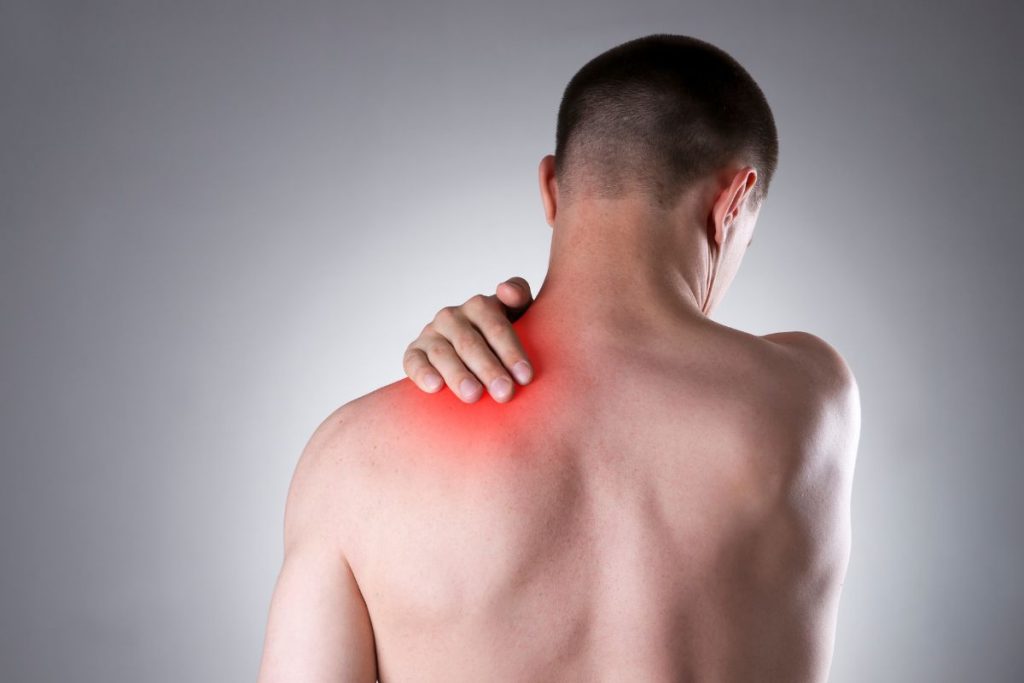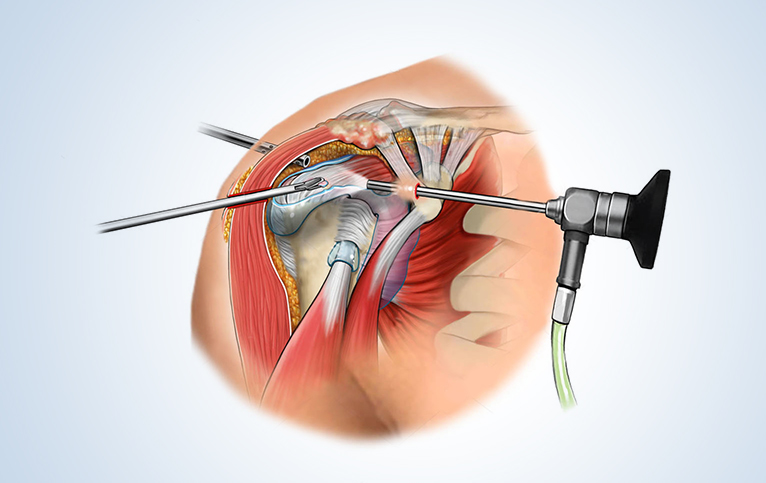Shoulder pain can be frustrating and debilitating, impacting your ability to perform even the simplest daily activities. Whether it’s a dull ache or sharp pain, shoulder pain can arise from various causes, including injury, overuse, or underlying health conditions. In this article, we’ll delve into the anatomy of the shoulder joint, the common causes of shoulder joint pain, and potential treatment options to help you better understand your discomfort.
Shoulder Joint Anatomy: A Closer Look
The shoulder is one of the most complex joints in the human body, providing a wide range of motion. However, its mobility also makes it prone to injuries and pain. The shoulder joint consists of several key components:
- Bones:
- The shoulder joint, known as the glenohumeral joint, connects the upper arm bone (humerus) to the shoulder blade (scapula). The collarbone (clavicle) also plays a role in the shoulder’s movement and stability.
- Cartilage:
- The cartilage in the shoulder helps cushion the bones and allows for smooth movement. Damage to this cartilage, such as in arthritis, can lead to joint pain.
- Muscles and Tendons:
- The rotator cuff, a group of muscles and tendons, provides the shoulder with stability and strength. Rotator cuff injuries are a common source of shoulder joint pain.
- Ligaments:
- Ligaments help connect the bones in the shoulder joint and provide support. Injuries to these ligaments, such as sprains or tears, can result in pain and instability.
Common Causes of Shoulder Joint Pain
There are numerous reasons why you may experience shoulder joint pain. Some of the most common causes include:
1. Rotator Cuff Injuries
- The rotator cuff plays a key role in shoulder movement. Injuries like tears or tendinitis in this group of muscles and tendons are among the most frequent causes of shoulder joint pain.
2. Osteoarthritis
- Osteoarthritis is a degenerative condition that leads to the breakdown of cartilage in the shoulder joint. As the cartilage deteriorates, the bones begin to rub against each other, causing pain, stiffness, and inflammation.
3. Bursitis
- Bursae are small, fluid-filled sacs that reduce friction between tissues. Inflammation of these sacs, known as bursitis, can cause significant discomfort, especially when moving the shoulder.
4. Frozen Shoulder (Adhesive Capsulitis)
- Frozen shoulder is a condition that causes the shoulder joint to become stiff and painful due to inflammation. Over time, the joint’s range of motion becomes severely restricted.
5. Shoulder Impingement
- Shoulder impingement occurs when the tendons of the rotator cuff are compressed during shoulder movements. This condition typically causes pain during activities that involve lifting the arm overhead.
6. Fractures
- A fracture in the bones of the shoulder, such as the clavicle or humerus, can cause intense pain, swelling, and reduced mobility.
Diagnosing Shoulder Joint Pain
If you’re experiencing persistent shoulder pain, seeking medical advice is crucial for proper diagnosis. A healthcare provider will conduct a physical examination, review your medical history, and may recommend imaging tests, such as X-rays or MRIs, to determine the root cause of the pain.
Treatment Options for Shoulder Joint Pain
Treatment for shoulder joint pain depends on the underlying cause and severity of the condition. Here are some common approaches:
- Rest and Ice:
- For minor injuries or overuse, rest and applying ice can reduce inflammation and alleviate pain.
- Physical Therapy:
- Physical therapy is often recommended to improve shoulder strength and mobility, especially in cases of rotator cuff injuries, frozen shoulder, or after surgery.
- Medications:
- Non-steroidal anti-inflammatory drugs (NSAIDs) can help manage pain and reduce inflammation in the shoulder joint.
- Corticosteroid Injections:
- Corticosteroid injections may be administered to relieve pain and inflammation, particularly in cases of bursitis or arthritis.
- Surgical Intervention:
- In severe cases, such as large rotator cuff tears, fractures, or advanced arthritis, shoulder surgery may be necessary. Procedures like rotator cuff repair or shoulder replacement can help restore function and alleviate chronic pain.
Conclusion:
Shoulder joint pain can arise from a variety of causes, ranging from overuse injuries to degenerative conditions like arthritis. Identifying the source of your pain is essential to finding the right treatment. Dr. Oladapo M. Babatunde, a Top New Jersey Shoulder surgeon specializing in shoulder surgeries, offers expert care and customized treatment plans tailored to your specific condition. With his extensive experience in surgical interventions and rehabilitation, Dr. Babatunde is dedicated to helping you recover and regain full use of your shoulder joint, allowing you to return to your daily activities pain-free.



